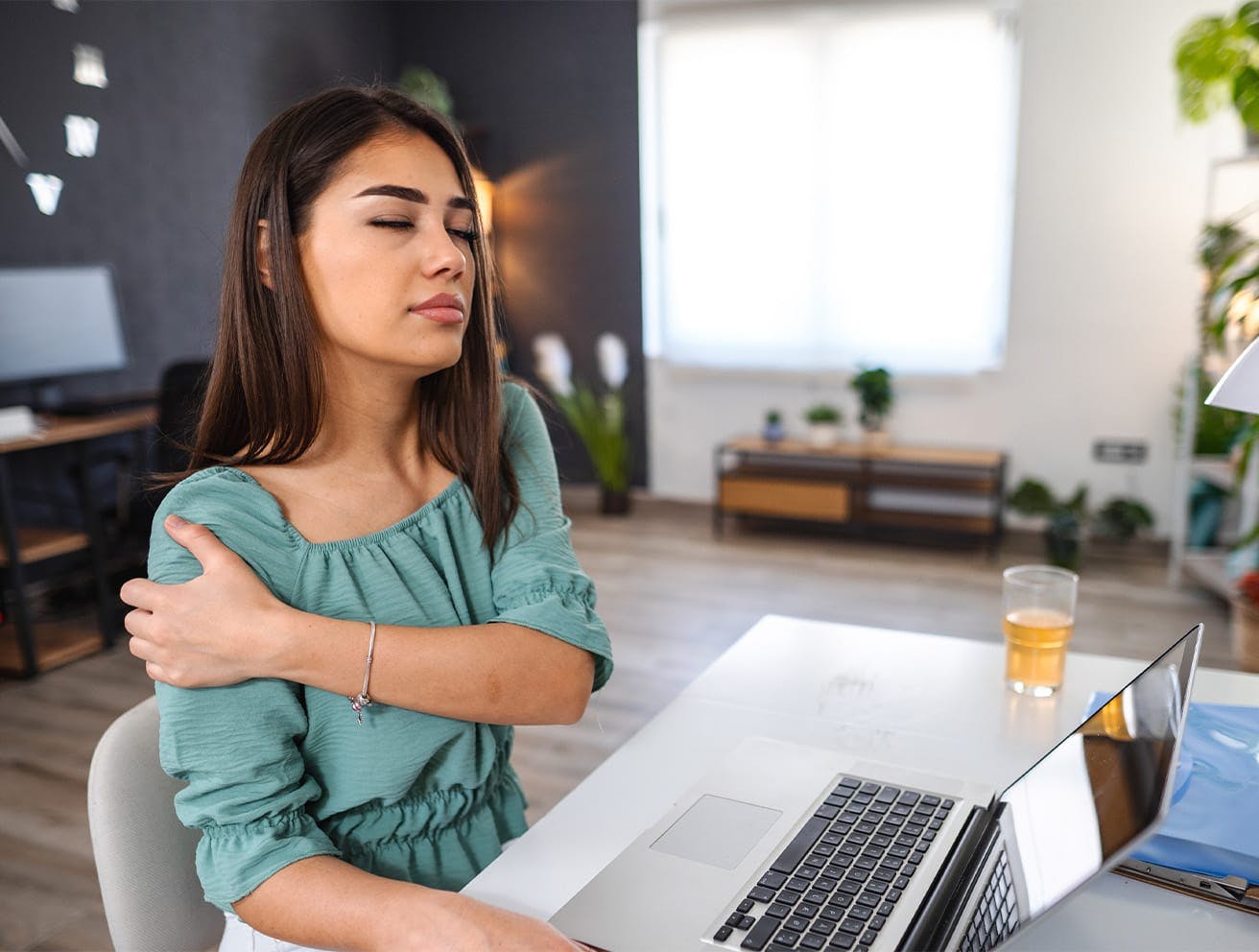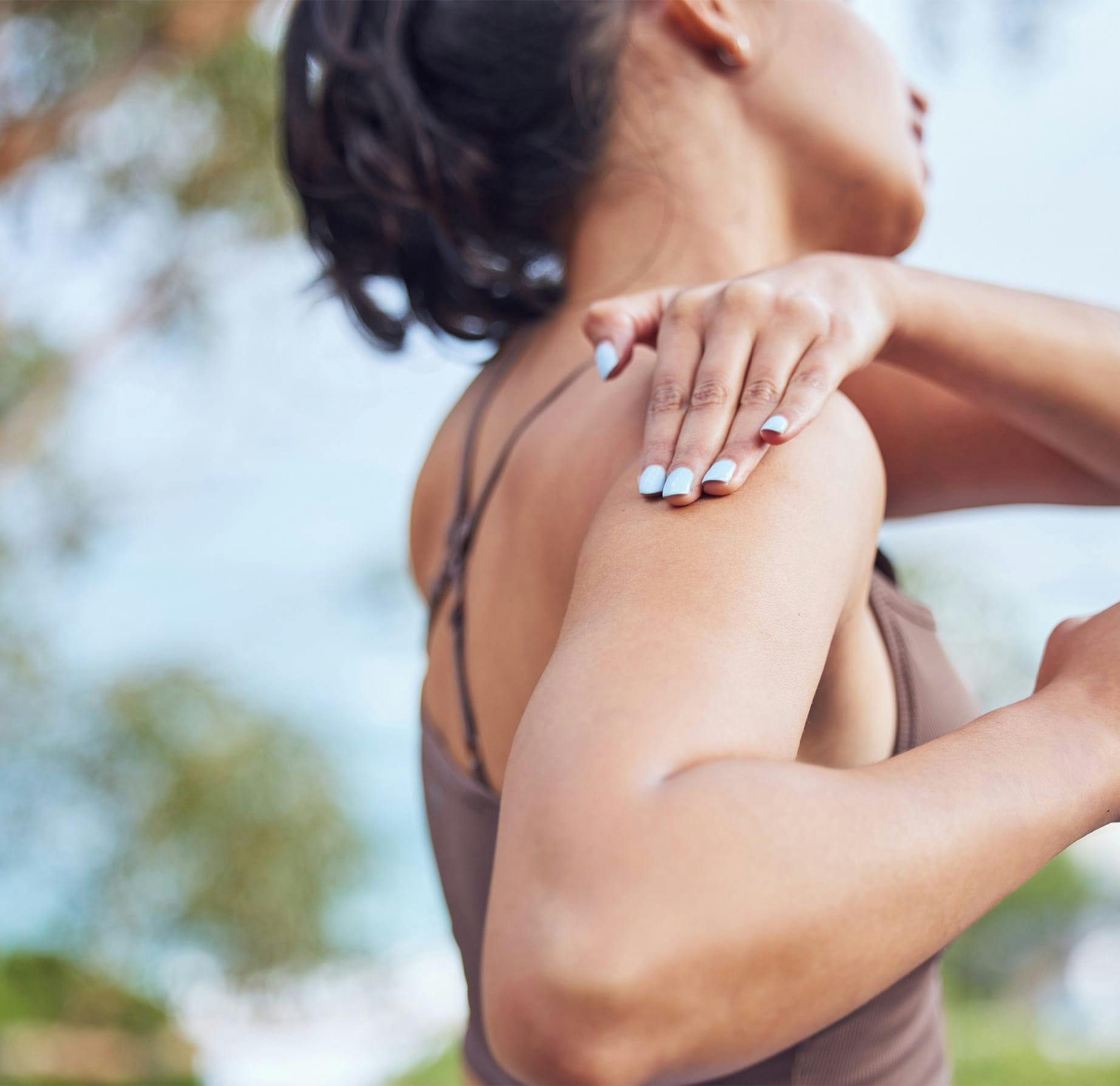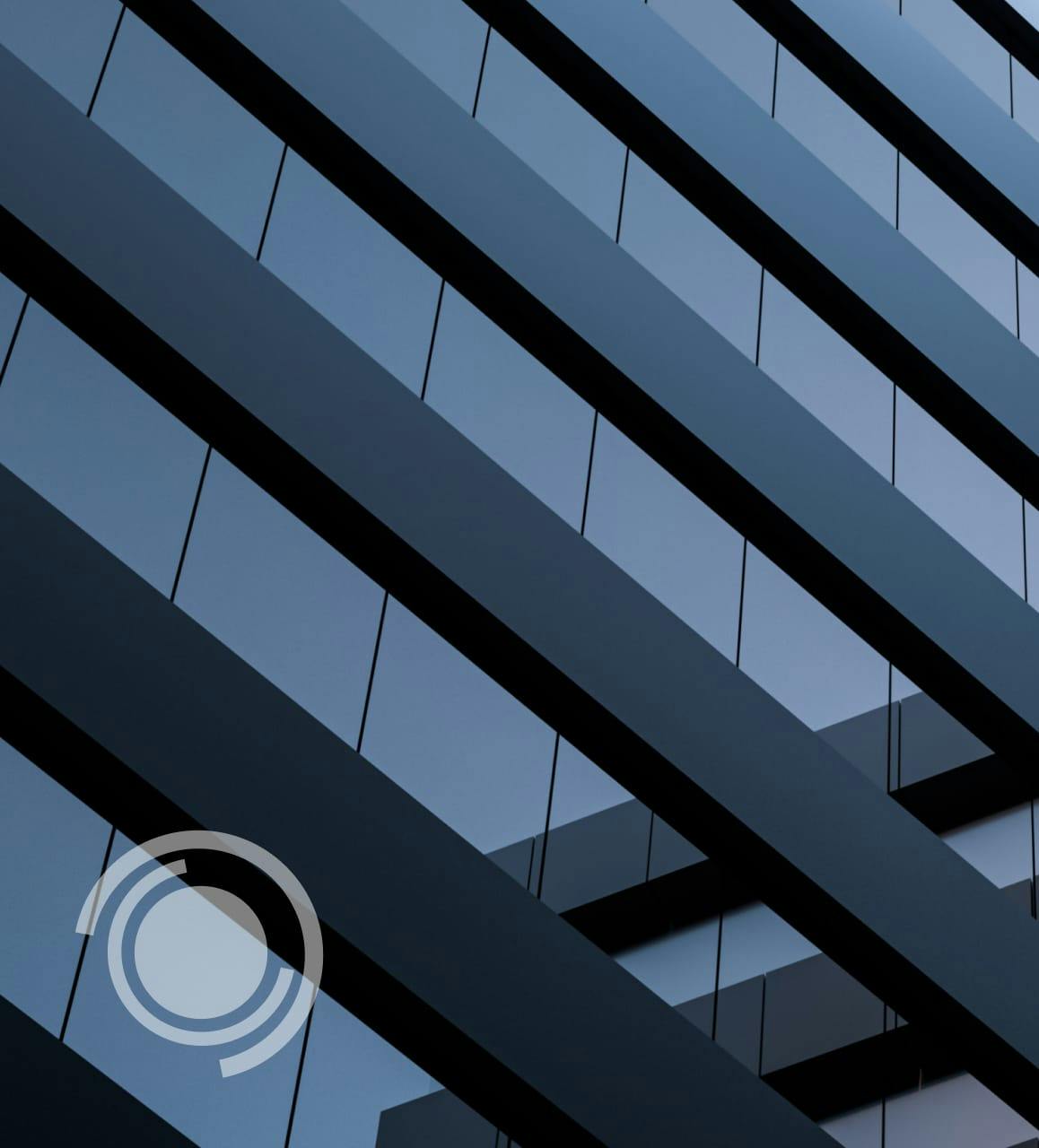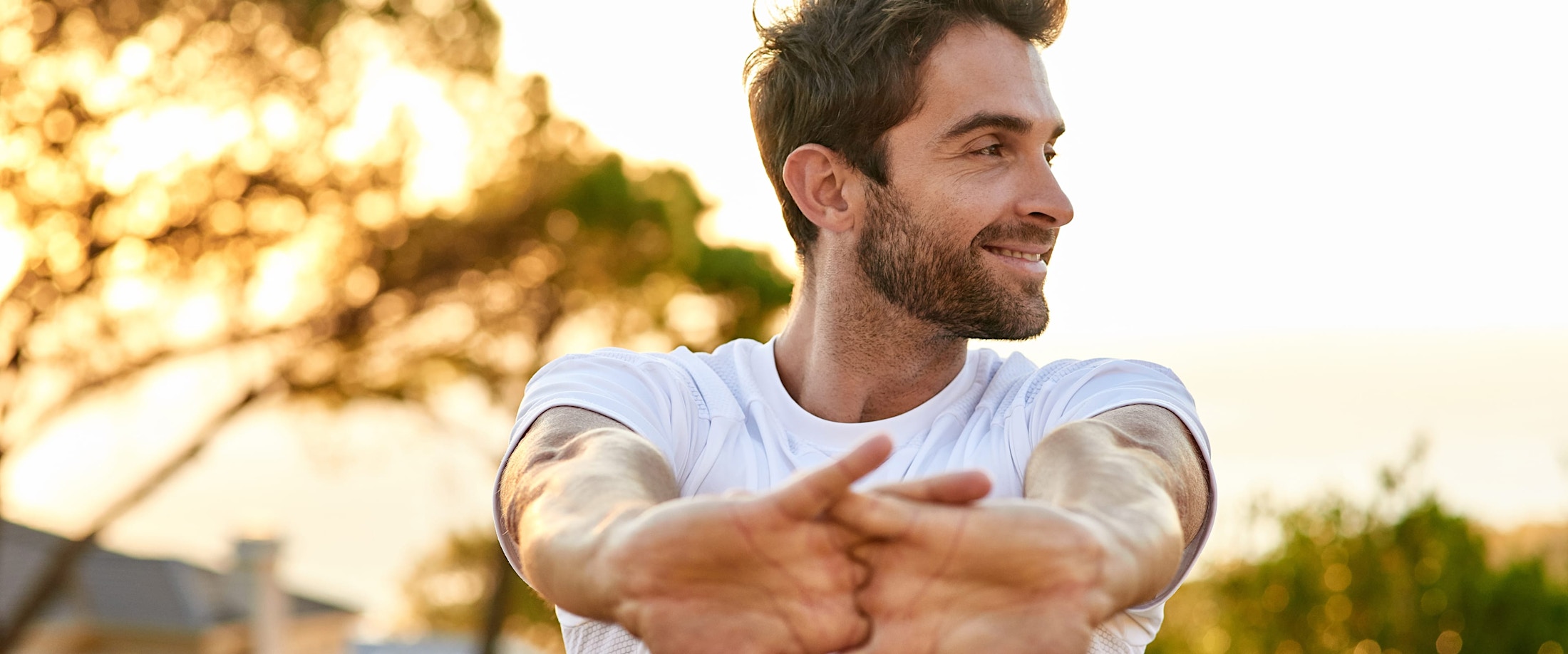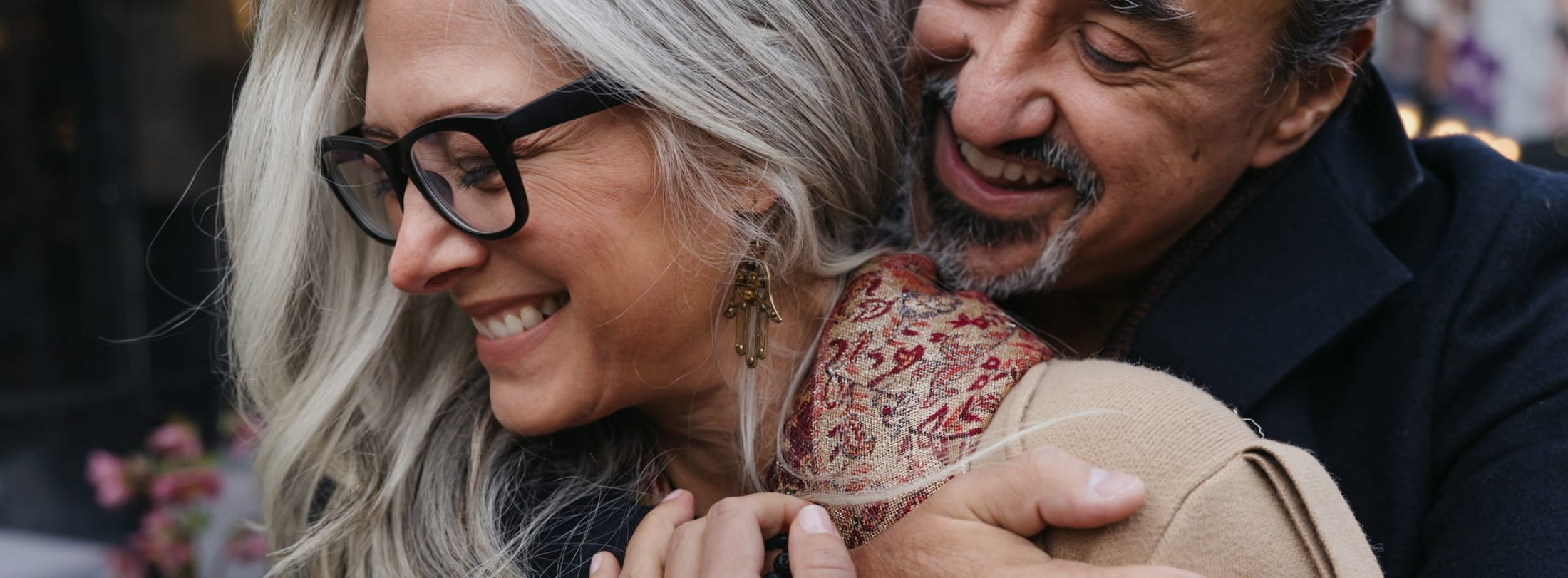Our shoulder labral repair in Manhattan, Queens, Brooklyn or the Bronx, at New York Sports & Joints offers a path to relief and restored mobility and resilience for a painful shoulder joint.
Causes of labral injury
Labral injuries typically occur due to one of two reasons: traumatic incidents or repetitive strain on the joint.
- Traumatic incidents: Sudden, forceful movements or impacts such as those experienced in car accidents or during contact sports can lead to labral tears. These high-impact events can dislocate the joint, causing damage to the labrum.
- Repetitive motions: Certain physical activities or occupations require repetitive overhead arm movements or hip rotations. Over time, these repeated motions can lead to gradual wear and tear of the labrum, eventually resulting in a tear.
Certain anatomical abnormalities or joint conditions can also contribute to labral injuries. These abnormalities include femoroacetabular impingement (FAI), a condition where an abnormal shape or damage to the joint surfaces causes them to rub against each other. This friction can damage the labrum, leading to a tear.

